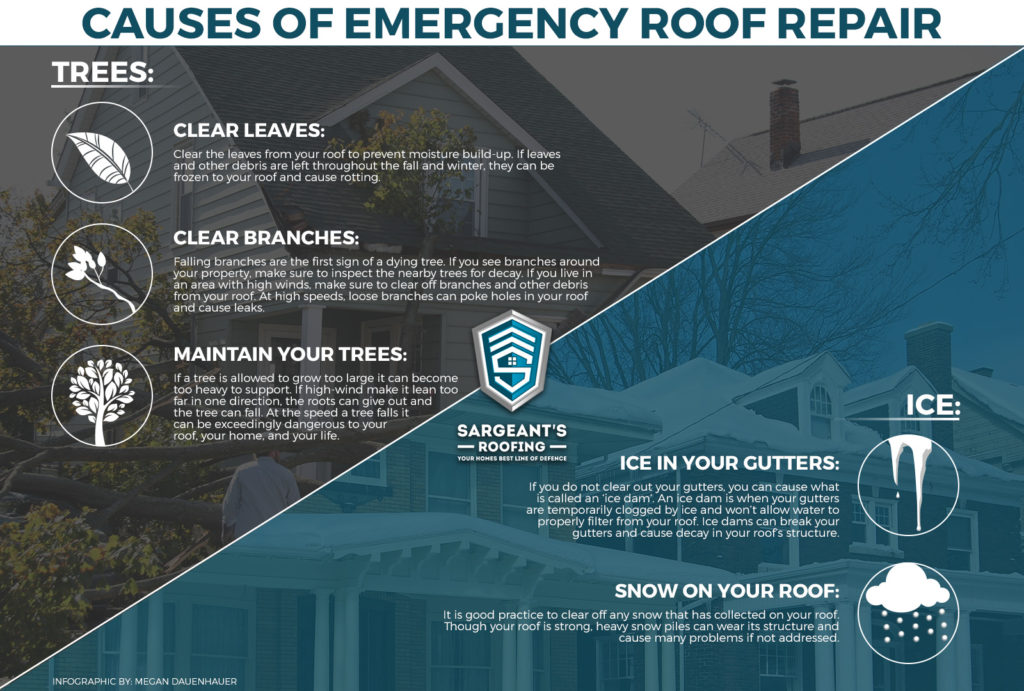Check Out How Transforming Climate Patterns Can Affect Your Roof Covering Setup And Safeguard A Work That Satisfies Your Standards
Check Out How Transforming Climate Patterns Can Affect Your Roof Covering Setup And Safeguard A Work That Satisfies Your Standards
Blog Article
Web Content Written By-McCoy Dyhr
When it involves roofing installations, the weather condition can make or break the job. Think of the aggravation of taking care of products that will not cooperate as a result of extreme warmth or battling slippery surfaces brought on by unforeseen rain. Understanding Read the Full Guide of weather on your roof covering job is important for an effective result. So, let's discover exactly how various weather condition aspects can affect the quality and sturdiness of your roofing system setup, making sure a task well done.
Influence of Temperature on Roofing System Setup
When it comes to roof covering installation, temperature plays an essential role while doing so. The suitable temperature for roof tasks usually drops in between 45 and 85 degrees Fahrenheit. Extreme heat can trigger products like shingles to become as well pliable, causing prospective damage during installation. On the other hand, cool temperature levels can make materials breakable and prone to cracking. It's important to arrange roofing setups during modest temperature levels to guarantee the very best result.
During colder climate, service providers may require to take additional preventative measures such as using warmed equipment or enabling materials to warm up before setup.
On the other hand, heat may require work to be done previously or later in the day to avoid the peak temperature levels. By considering the temperature level and its impacts on roofing products, you can aid ensure an effective setup that will stand up to the aspects for several years ahead.
Impact of Precipitation on Roofing Projects
Roof projects can be significantly impacted by rainfall, affecting both the timeline and the high quality of the installation. Rain or snow can produce slippery problems, making it hazardous for roofers to work with a wet surface area. Additionally, dampness can endanger the adhesion of products like shingles or underlayment, bring about prospective leakages or damages in the future.
If it rainfalls during a roof covering job, the water can leak right into prone areas, causing hold-ups as the installment crew need to wait for the roof to completely dry before proceeding. Too much dampness can also advertise the growth of mold and mold, more endangering the honesty of the roofing system.
To prevent these issues, it's recommended to set up roofing tasks throughout drier periods or keep an eye on the weather prediction closely to prepare about any potential rainstorms. By taking safety measures to operate in desirable climate condition, you can make certain a smoother and more successful roofing installment procedure.
Impact of Wind Rate on Setup Success
During roof covering setup, the rate of the wind plays a crucial role in figuring out the success of the job. High wind rates can pose significant difficulties to roofers, potentially causing safety and security hazards and top quality problems. When wind rates surpass suggested limits, it comes to be difficult to take care of materials, increasing the risk of crashes and damages to the roof covering products. Strong gusts can also affect the accuracy of measurements and the precision required for correct setup.
To guarantee a successful roof installment, it's vital to check and think about wind speeds. Ideally, roof installation must occur on days with reduced to moderate wind speeds. This not just boosts the safety and security of the workers but likewise boosts the total high quality of the installment.
Roofing projects arranged throughout calm weather are more likely to be finished efficiently and with less mistakes. By paying attention to wind rate forecasts and intending as necessary, you can assist make certain a smooth and successful roofing setup procedure.
Conclusion
So, when it involves roofing setup, remember to consider the weather conditions to make sure a successful work. san antonio siding , dry conditions, and moderate wind rates are crucial variables to focus on for a smooth setup process. By arranging your task during the most effective seasons and perfect weather conditions, you can accomplish a resilient and lasting roof that will shield your home for several years to find.
